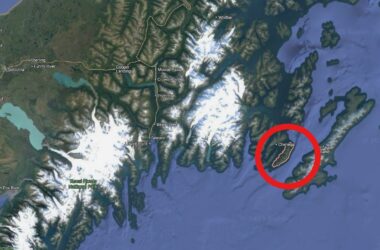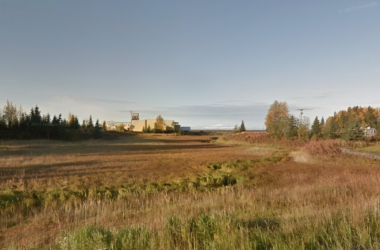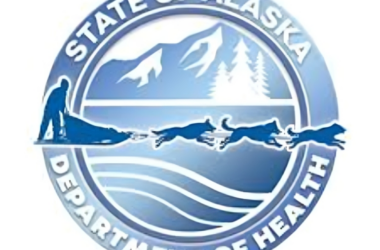Alaska Trail Stewards Program and its partners are proposing a 550 mile, multi-braid trail system connecting Fairbanks and Seward providing a variety of year-round uses (motorized and nonmotorized) along different braids.
The mission of the Alaska Trail Stewards Program is to provide volunteer-based trail maintenance services to public land managers and others who have responsibility for safely and sustainably maintaining trails throughout Alaska.
Alaska Trail Stewards volunteer program works on a variety of trails in southcentral Alaska and aims to expand that to other parts of the state. ATS started in 2015 and sometimes works on trails that are part of the Alaska Long Trail, but not always.
The proposed Alaska Trail would consist of a first 500-mile segment which could ultimately expand into a 2000+ mile trail extending north from Fairbanks to the Brooks Range and the North Slope, and south to a future SE Long Trail, offering an alluring mix of trails and ferry rides. Many sections of the proposed trail already exist or are currently planned, and the route is almost entirely on public lands, enormously reducing the complexity and cost.
According to Alaska Trails (alaska-trails.org), the development of the Alaska Trail includes multiple steps, some already in the works and some in the planning stage.
The Alaska Long Trail includes a lot of planning and advocacy that is separate from ATS. ATS is excited to continue the effort to connect these great trails from Seward to Fairbanks.
Alaska Trail lists the following steps:
1. Long Trail Action Plan: Developing a Long Trail mission statement, goals, organization, “brand”, logo, and steps leading from a great idea to reality.
2. Regional Working Groups: Alaska Trails is collaborating with partners along the Long Trail route. and setting up local working groups to help move the project forward including meetings in boroughs and specific communities like Talkeetna, Seward, Healy or Girdwood.
3. Route Mapping & Filling Gaps: Create a package of trail maps, segment costs, and priorities for initial investment.
4. Secure Funding: Funding is needed for trail planning and advocacy, and for construction and maintenance. The most promising approach for construction money is to generate local and/or state funds as a match for a federal outdoor recreation funds. Federal programs like the Land and Water Conservation Fund and the Recreation Trails Program offer millions for trail projects but are poorly utilized in Alaska. Local and State Funds can provide the needed match to leverage federal dollars.
5. Build Pubic Knowledge and Support: Local energy will be essential to gain support for the project. Possible activities include: Meetings and presentations with communities to get their ideas on how the trail can deliver spending and jobs leading to local resolutions of support. Getting key elected officials and administrators out on trail segments. Publicity activities: pick-a-name contest, people using portions of the trail and sharing their experience, Alaska’s “uber outdoors athletes” scouting the whole trail.





